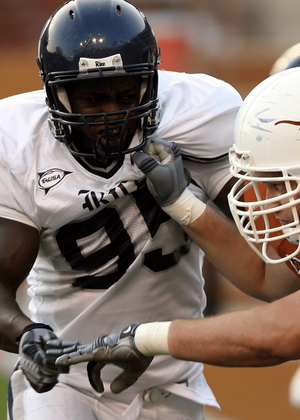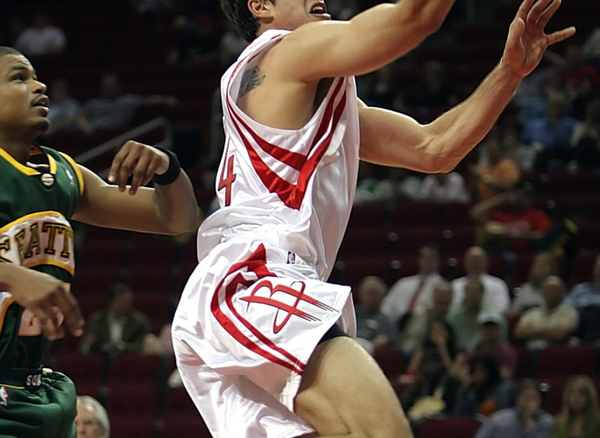If you’ve ever found yourself sitting on those hard bleachers, you might have asked the question how long am I going to sit here. High school games are a thrilling mix of skill, strategy, and sometimes, sheer chaos. So how long is a HS basketball game? Let’s get the details into game durations, rules, and what makes these games tick.
How Long is a High School Basketball Game?
High school basketball games are designed to be relatively short compared to college basketball games and professional leagues. The standard basketball game at the high school level consists of four quarters, each lasting 8 minutes. This means the actual game time is 32 minutes. However, if you think you’ll be in and out in half an hour, think again!
The game length extends due to various stoppages. Timeouts, fouls, and the halftime break all add to the overall duration. Typically, a high school basketball game lasts between 1.5 to 2 hours. So if you’re planning to catch a game, make sure you’ve got some snacks and a comfy seat.
Halftime Break and Timeouts
Ah, the halftime break – the perfect time to grab refreshments and discuss game plans.
This gives players a chance to catch their breath and coaches to strategize for the second half.
In addition to the halftime break, each team is allowed a certain number of timeouts. These timeouts can be used to stop the clock, discuss game plans, or simply give players a breather. Typically, teams get three 60-second timeouts and two 30-second timeouts per game. These stoppages can add significant time to the overall game length.
Importance of Timeouts
Timeouts are a crucial part of high school basketball games. Each team is allowed a certain number of timeouts, which can be used to stop the clock, discuss game plans, or simply give players a breather.
Typically, teams get three 60-second timeouts and two 30-second timeouts per game. These stoppages can add significant time to the overall game length, but they’re essential for strategy and player rest.
Fouls and Free Throws
Fouls are an inevitable part of basketball, and high school games are no exception. When a player commits a foul, the clock stops, and the opposing team gets free throws. The number of free throws depends on the type of foul and the number of team fouls committed.
For instance, if a team has committed seven or more fouls in a half, the opposing team gets to shoot one-and-one free throws. If the team has committed ten or more fouls, the opposing team gets two free throws. These stoppages can make the game feel longer, especially if one team is particularly foul-prone. However, free throws are a crucial part of the game and can often be the deciding factor in close matches.
The Role of the Clock
The game clock is a critical component of high school basketball games. It keeps track of the time remaining in each quarter and stops for various reasons, such as fouls, timeouts, and free throws.
Understanding the timing rules is essential for both players and fans. The clock stops for fouls and free throws, but it continues to run during live play. This can affect the game’s pace and overall length.
Shot Clock
Unlike college basketball games and professional leagues, most high school basketball games do not use a shot clock.
Without a shot clock, teams can hold onto the ball for longer periods, which can affect the game’s pace.
However, some states have started to implement a shot clock in high school games to keep the action moving. The shot clock adds an extra layer of strategy and excitement, as teams must make quick decisions and take shots within a set time frame.
Overtime Periods
Sometimes, the game is so close that it can’t be decided in regulation time. In such cases, the game goes into overtime.
There can be multiple overtime periods until one team emerges victorious.
Overtime periods can significantly extend the length of the game. Imagine a nail-biting match where neither team is willing to give an inch – you could be in for a long night! But hey, that’s what makes basketball so exciting, right?
The Longest Game Ever
Believe it or not, there have been some incredibly long high school basketball games. One of the longest games on record took place in 1964 between Boone Trail High School and Angier High School in North Carolina. The game lasted a whopping 13 overtimes!
Such marathon games are rare, but they do happen. These epic battles are a testament to the players’ endurance and determination. So, the next time you think a game is dragging on, just remember – it could be worse!
The Mercy Rule
In some states, high school basketball games have a mercy rule. This rule is designed to prevent one team from completely demolishing the other. If a team is ahead by a certain number of points (usually 30 or more) in the second half, the clock continues to run, except during timeouts and free throws.
The mercy rule helps keep the game moving and ensures that the losing team doesn’t suffer an embarrassing defeat. It’s a win-win situation – the game remains fast-paced, and the players get to go home at a reasonable hour.
Different Leagues, Different Rules
Not all high school basketball games are created equal. Different leagues and state high school associations have their own rules and regulations. For example, some states might have longer quarters or different timeout rules.
The National Federation of State High School Associations (NFHS) sets the standard rules for high school basketball in the United States. However, individual states can tweak these rules to suit their needs. So, if you’re watching a game in California, it might be slightly different from a game in Texas.
The Role of the Governing Body
The National Federation of State High School Associations (NFHS) is the governing body that sets the rules for high school basketball in the United States. These rules cover everything from game duration to fouls and timeouts.
However, individual states can tweak these rules to suit their needs. For example, some states might have longer quarters or different timeout rules. It’s always a good idea to check the specific rules for the state you’re in to get a better understanding of the game format.
High School Basketball Game Length FAQ
How long is a high school basketball game?
A high school basketball game typically lasts between 1.5 to 2 hours, including breaks and stoppages. The actual game time is 32 minutes, divided into four 8-minute quarters.
What is the role of the halftime break?
The halftime break in high school basketball games usually lasts around 10 minutes. It gives players a chance to rest and coaches to strategize for the second half.
Do high school basketball games have a shot clock?
Most high school basketball games do not use a shot clock, but some states have started to implement it to keep the action moving. The shot clock adds an extra layer of strategy and excitement to the game.
Summary
High school basketball games are a thrilling mix of skill, strategy, and sometimes, sheer chaos. The standard game consists of four quarters, each lasting 8 minutes, with a halftime break and timeouts. Various factors such as fouls, timeouts, and overtime can extend the length of the game, making it last between 1.5 to 2 hours. Different leagues and state associations have their own rules, which can affect the game’s duration. Whether you’re a player, coach, or fan, understanding these elements can enhance your appreciation of the game.









